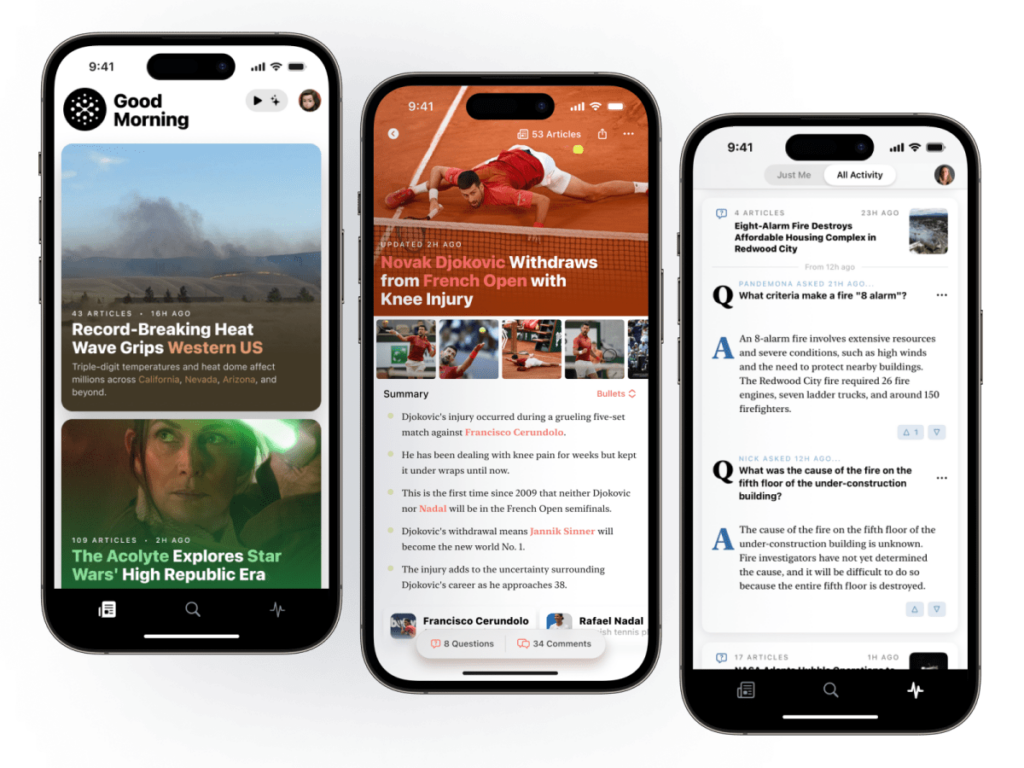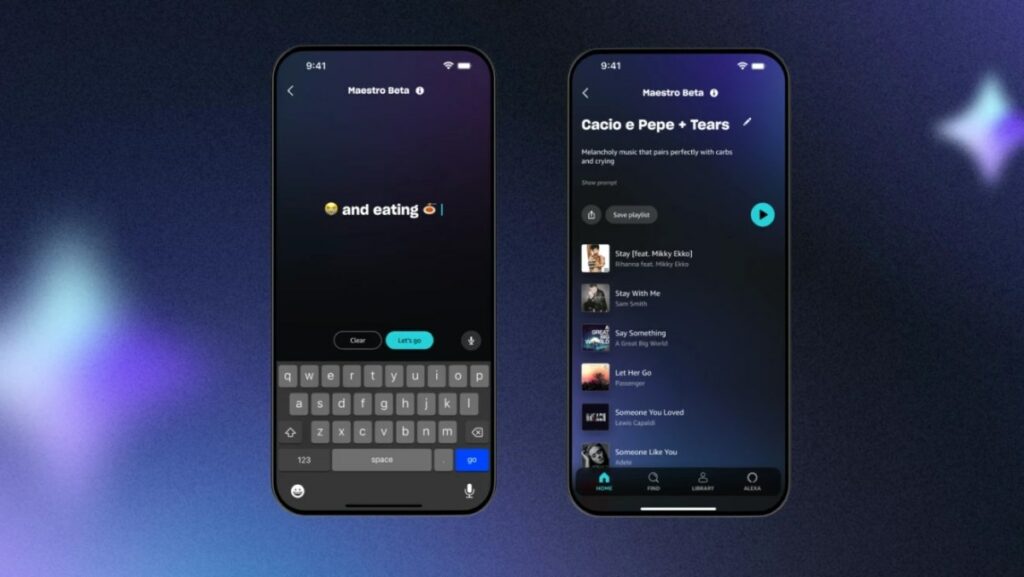Traffic is down, newsrooms are undergoing layoffs, and publishers fear that AI technologies will only make matters worse. Entering the fray, news reader startup Particle is teaming up with publishers to seek out a new business model for the AI era, where AI summaries of news don’t have to mean lost revenues. The startup, built by former Twitter engineers, offers a news-reading app that helps readers understand all angles of the story by leveraging AI to summarize news from across a range of publishers.
Now, the company is bringing its first publishing partners into the mix to help it guide its next steps.
On Monday, Particle announced it has partnered with news organization Reuters to collaborate on new business models. As a start, Particle now subscribes to Reuters newswire to help it deliver information about current events in the news.
In addition, Particle has closed on $10.9 million in Series A funding led by Lightspeed Venture Partners, a round that also includes investment from Axel Springer, a global media company and home to brands like Business Insider, Politico, Welt and Bild.
The partnerships and investments from media companies intend to show how serious Particle is about working alongside publishers to meet their goals, rather than trying to solve their problems for them.

Of course, a focus on publishers’ needs doesn’t necessarily translate into success.
This year, the a16z-backed Twitter alternative Post News shut down, after teaming up with publishers to experiment with the micropayments business model where users would pay small amounts of money to read an article that appears in a Twitter-like feed. Artifact, the news app from Instagram’s co-founders, also recently exited to (TechCrunch parent) Yahoo, after its efforts in leveraging AI to personalize the reading experience and summarize individual stories.
However, Particle’s premise is that it will deliver something of value to news consumers, beyond just AI summaries. It also aims to offer a better way to understand the news by analyzing all the different angles of a story using AI.
“Part of Particle’s thesis is … how a story is being reported from all sides of the spectrum,” explained Particle co-founder Sara Beykpour, previously a senior director of product management at Twitter. “We think that’s important.”
Beykpour had earlier worked on products like Twitter Blue, Twitter Video and Twitter’s conversations, and had spearheaded the experimental app twttr while working at the company from 2015 through 2021. Her co-founder at Particle is Marcel Molina, a former senior engineer at both Twitter and Tesla.
Founded in February 2023, the team had started with a more social focus, given their backgrounds, but within a couple of months narrowed in on news and information, Beykpour said.
“We wanted to build an experience for consumers that really helps them cut through the noise and that helps them understand more [and] what’s going on faster, and we want to do that in a way that is a sustainable, win-win situation for both the readers that are consuming and the publishers and the journalists that are producing the content,” she said.
Similar to Artifact, Particle will offer a personalized news experience. But to ensure people don’t get stuck in their own “filter bubbles” — that is, reading only those stories that match their existing worldview — Particle will take a different approach to the unit of content. In Particle, that unit is not an individual news article, but the story as a whole, as told by multiple outlets. This allows readers to see a multi-perspective view of a story and then easily click through to the various sources of the reporting. This model also cuts down on duplication, so readers won’t be seeing stories that are essentially the same as one another.
Under the hood, Particle uses a mix of AI technologies, including GPT-4o, to summarize the news.
For now, Particle is selecting the sources for the stories from across a spectrum of publishers and won’t allow users to input their own sources into the app. That could change in the future, but Particle wants to ensure that readers are still being exposed to multiple viewpoints.
This is an area startups have tried to tackle before. A few years ago, Google engineers tried to fix information overload and media bias with an app called Brief, but it used human editors to summarize news, not AI. Twitter later acqui-hired that team. Earlier, the news app SmartNews also launched a feature that would show articles from across the political spectrum, but it’s not a main driver of downloads.
What Particle isn’t yet ready to reveal is its business model. That’s because it hasn’t settled on one yet.
“We want to work with publishers on developing what that new model looks like. That’s one of the reasons we are working with publishers and inviting other publishers and journalists to work with us so that we can develop it together,” Beykpour said.
But she said that all ideas are on the table including revenue sharing, advertising and more.
With its Series A, Particle is adding Lightspeed’s Michael Mignano to its board. Other angels now backing Particle include Jason Goldman, Vijaya Gadde, Lakshmi Shankar, Bruce Falck, Shane Mac, Jill Bowen, Mohamad Taha, Roger Sippl and Max Mullen.
Prior to its Series A, Particle had raised $4.4 million in seed funding in April 2023, backed by Kindred Ventures, Adverb Ventures, GC&H Investments, as well as various angels, like Twitter and Medium co-founder Ev Williams and Behance founder Scott Belsky.
David Brinker, a former VP of content partnerships at Snap, and Tony Haile, the former CEO of digital news startup Scroll (acquired by Twitter) are the company’s official advisers.
With the funds, Particle is hiring for key roles including a backend engineer, SRE, community and editorial lead and a media partnerships lead.
Particle’s app is still in private beta testing with a small group on iOS’s Testflight. In time, it aims to support the web and Android, too.


